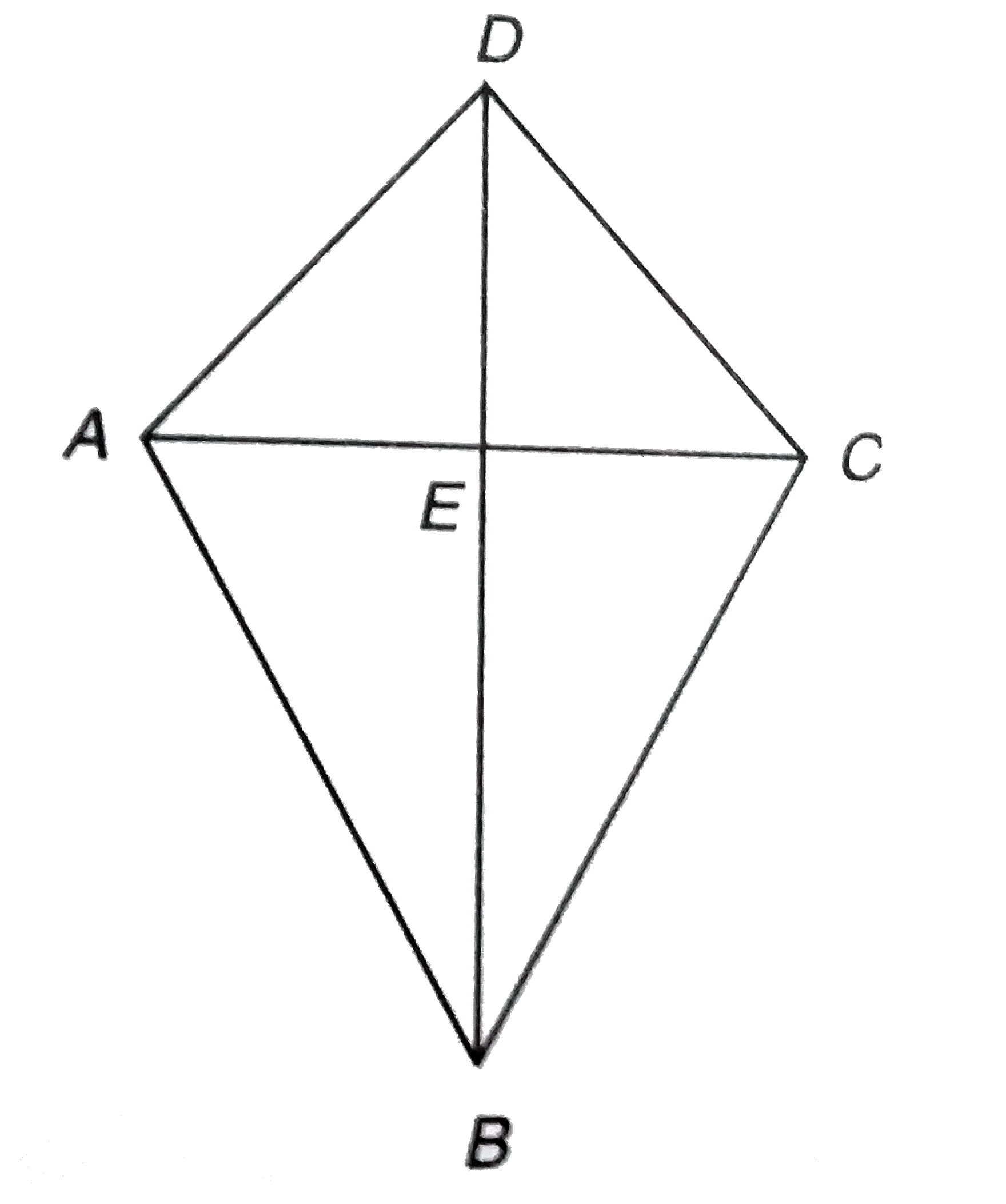Which of the following fact is not true for Homo habills?
They had a brain capacity of 1400cc
They were the first human-like being
They showed the hominid features
They probably did not eat meat
The correct Answer is:A
To determine which fact is not true for Homo habilis, we need to analyze the characteristics and facts associated with this early human species. Here’s a step-by-step solution:
Step 1: Understand Homo habilis
Homo habilis is one of the earliest members of the genus Homo, often referred to as "handy man" due to the evidence of tool use found alongside their fossils. They are considered to be one of the first human-like beings.
Hint: Remember that Homo habilis is known for its association with early tools.
Step 2: Evaluate the brain capacity
One statement claims that Homo habilis had a brain capacity of 1400 cc. However, this is incorrect. The brain capacity of Homo habilis is estimated to be between 650 cc to 680 cc, which is significantly lower than 1400 cc.
Hint: Compare the brain capacity of Homo habilis with that of modern humans to identify discrepancies.
Step 3: Identify their status as human-like beings
Another statement mentions that they were the first human-like beings. This is true, as Homo habilis is recognized as one of the earliest representatives of the human genus.
Hint: Consider the evolutionary timeline when determining the first human-like beings.
Step 4: Assess their anatomical features
The statement regarding Homo habilis showing humanoid features is also true. They had a larger brain case and smaller faces compared to earlier hominids, but retained some ape-like features, such as long arms.
Hint: Focus on the anatomical characteristics that distinguish Homo habilis from both earlier and later species.
Step 5: Examine their diet
The claim that they probably did not eat meat is also correct. Homo habilis had a broad diet that included leaves, woody plants, and nuts, but there is limited evidence to suggest they relied heavily on meat.
Hint: Think about the dietary habits of early hominids and what evidence supports their eating patterns.
Conclusion
After evaluating all the statements, the only incorrect fact is that Homo habilis had a brain capacity of 1400 cc. Therefore, the correct answer to the question is that this statement is not true for Homo habilis.
Final Answer: The statement that Homo habilis had a brain capacity of 1400 cc is not true.
---
Homo habilis is one of the earliest members of the genus Homo, often referred to as "handy man" due to the evidence of tool use found alongside their fossils. They are considered to be one of the first human-like beings.
One statement claims that Homo habilis had a brain capacity of 1400 cc. However, this is incorrect. The brain capacity of Homo habilis is estimated to be between 650 cc to 680 cc, which is significantly lower than 1400 cc.
Another statement mentions that they were the first human-like beings. This is true, as Homo habilis is recognized as one of the earliest representatives of the human genus.
The statement regarding Homo habilis showing humanoid features is also true. They had a larger brain case and smaller faces compared to earlier hominids, but retained some ape-like features, such as long arms.
The claim that they probably did not eat meat is also correct. Homo habilis had a broad diet that included leaves, woody plants, and nuts, but there is limited evidence to suggest they relied heavily on meat.
After evaluating all the statements, the only incorrect fact is that Homo habilis had a brain capacity of 1400 cc. Therefore, the correct answer to the question is that this statement is not true for Homo habilis.
Topper's Solved these Questions
- EVOLUTION Book:VMC MODULES ENGLISHChapter:EVOLUTION Exercise:EFFICIENT
Explore 50 Videos
- EVOLUTION Book:VMC MODULES ENGLISHChapter:EVOLUTION Exercise:IMPECCABLE
Explore 54 Videos
- EVOLUTION Book:VMC MODULES ENGLISHChapter:EVOLUTION Exercise:IMPECCABLE
Explore 54 Videos
- ECOSYSTEMBook:VMC MODULES ENGLISHChapter:ECOSYSTEMExercise:IMPECCABLE
Explore 53 Videos
- HUMAN HEALTH & DISEASE Book:VMC MODULES ENGLISHChapter:HUMAN HEALTH & DISEASE Exercise:IN-CHAPTER EXERCISE-E
Explore 10 Videos
Similar Questions
Knowledge Check
Which of the following is not true ?
AMovement is considered one of the important life processesBGrowth, repair, or replacement of cells is known as responsivenessCWhen unspecialized cells become specialized, the process is known as differentiationDStructure of a body part determines its functionWhich of the following is not true for a bike?
 AAE=~CEBDE=~BEC∠ABE=~∠CBED∠E=90∘
AAE=~CEBDE=~BEC∠ABE=~∠CBED∠E=90∘
Which of the following is not true ?
View SolutionWhich of the following is not true?
View SolutionWhich of the following is true?
View SolutionWhich of the following is not true for halogens ?
View SolutionWhich of the following is true?
View SolutionWhich of the following is true for 'Homo sapiens'
View Solution